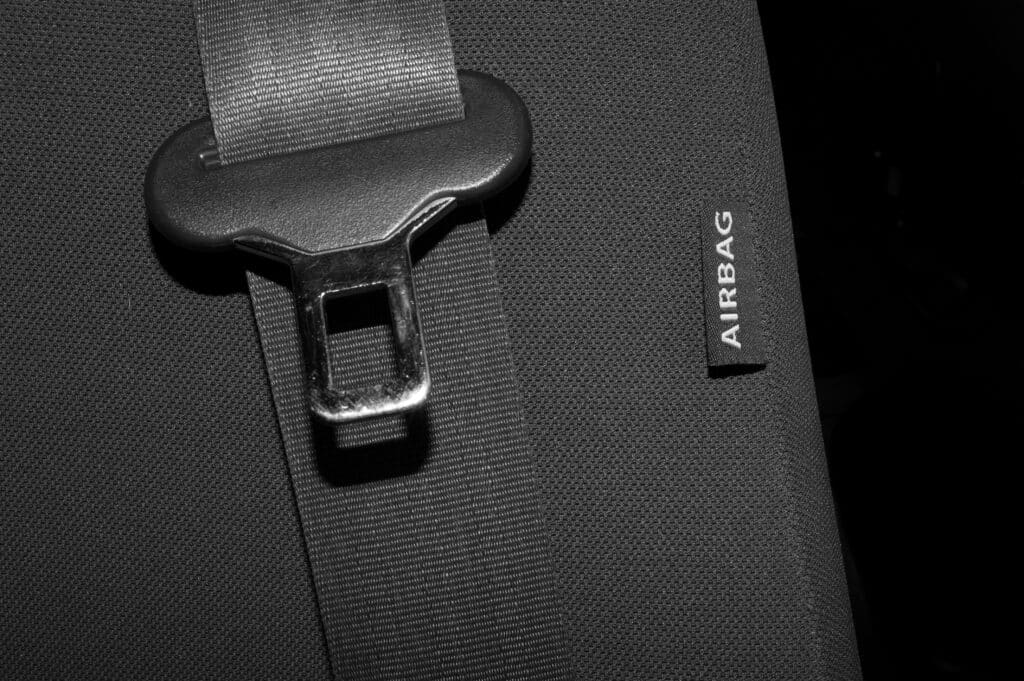In 2008, 55 percent of the people killed in automobile accidents were not wearing a seat belt. Despite a steady incline in the percentage of motorists wearing seat belts over the past decade, the lack of use of this safety device has always been critical in the survival of motor vehicle accident victims.
Medical Costs
Estimated vehicle accident injury related costs, productivity loss and medical care costs are $50 billion annually. Injuries related to defective seat belts also contribute to these costs. The proper use of seat belts saves money in addition to saving lives. Belts applied with excess slack nullify the protective qualities of the belt weave.

Seat belts protect vehicle occupants from second collision effects.
Seat Belt Defects
Currently, 81 percent of the population admits to seat belt use, which may be in part contributable to the “Click It or Ticket” advertisements and campaign. A decade ago, one-third of the nation’s 30,000 automobile accidents resulted in fatalities. The statistics do not represent persons injured or killed due to defective belt mechanisms. Car manufacturers recall a number of models annually because of faulty seat belt design.
Consequences of Defects
Seat belts protect vehicle occupants from second collision effects. The effects are related to the inertia a person experiences following the initial collision, which propels individuals into the steering column, dashboard, windshield, roof, or out of the vehicle. Seat belts require proper design and manufacturing to be durable and provide adequate protection in the event of collision.
Failure of Seat Belts
Faulty belts fail to restrain occupants during a collision. “Inertial unlatching” is one of the design flaws. The force a latch endures when a person is propelled during an accident, may cause the belt to unlatch.
Ignoring the Necessity of Safety
General Motors warned that a blocking mechanism needed to be incorporated into the design to prevent an unlatching error. The company developed and patented a seat belt latch design in 1982. Ignoring warnings, companies continue not to incorporate the safety features and the U.S. government does not address the concerns in the safety guidelines.
False Latching
Another common seat belt defect involves false latching. The buckles appears to be firmly latched when it is not, resulting in automatic release with a minimum of five pounds of pressure. The faulty latching mechanism results in occupant injury due to second collision events. Defective belt retractors have also been implicated in injuries.
Inability to Detect
Due to lack of information, consumers cannot discern seat belts that are safe versus seat belts that are ineffective. Auto manufacturers refuse to make these reports public. Seat belts with faulty latch mechanisms release during a collision, causing injury and death to many annually, but it is hard to prove how many times this occurs. Belt malfunction is a factor in automobile claims.


